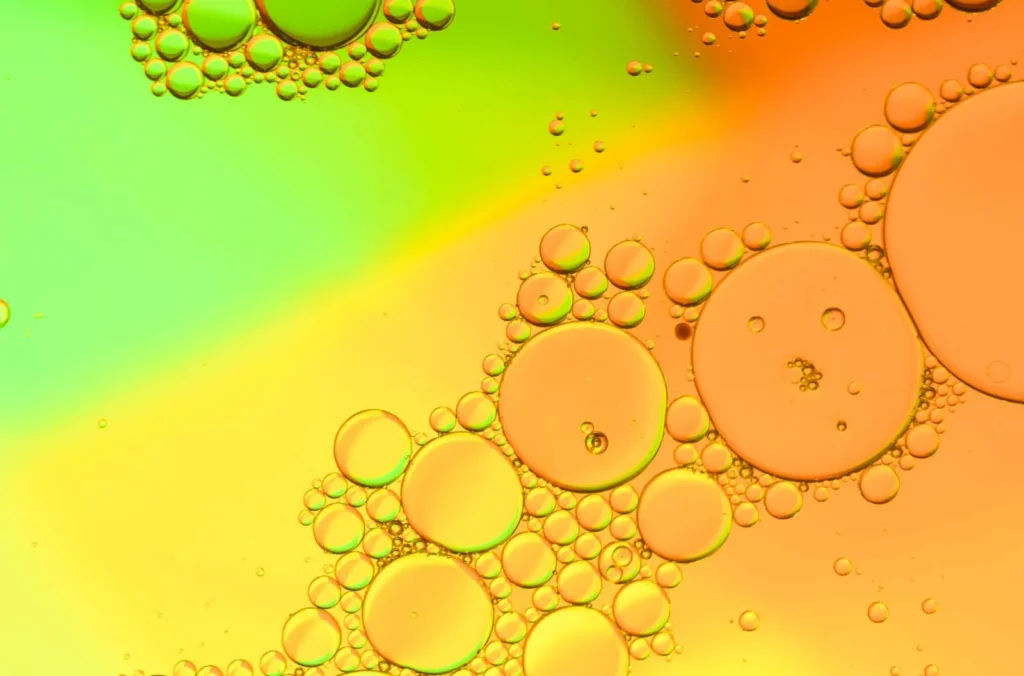The Function of Defoamers in Enhancing Item Top Quality and Performance
Defoamers serve as crucial additives that alleviate this concern, making sure smoother manufacturing workflows while enhancing the functional and aesthetic characteristics of the final items. The option of the appropriate defoamer can be essential to achieving optimum results, elevating essential inquiries regarding solution compatibility and performance metrics that warrant further expedition.
Understanding Defoamers
Recognizing the duty of defoamers is necessary for keeping item top quality throughout numerous sectors. Defoamers are chemical ingredients made to reduce and avoid the formation of foam in fluid systems, which can detrimentally influence procedures such as blending, loading, and surface area stress. Frothing can result in inefficiencies, item issues, and compromised aesthetic appeal, making defoamers a critical part in making procedures.
In industrial applications, defoamers aid to enhance product consistency and security. The effective usage of defoamers not only makes certain smoother production procedures but additionally adds to remarkable item efficiency.
In addition, the option and formula of a defoamer must line up with details application demands, such as compatibility with other components, efficiency under differing temperature and pH problems, and potential regulatory restraints. Ultimately, recognizing defoamers' functions and their relevance in different formulations is vital for optimizing production and ensuring the finest final product.
Types of Defoamers
Defoamers can be categorized into numerous types based on their make-up and mechanism of action. The main types consist of silicone-based, non-silicone organic, and not natural defoamers.
Silicone-based defoamers are among the most reliable, mostly due to their capability to spread swiftly on the liquid surface and disrupt foam formation. Their distinct chemical framework enables remarkable security, making them ideal for high-temperature applications and settings with differing pH degrees.
Non-silicone organic defoamers, typically made up of natural oils or fats, are valued for their biodegradability and reduced poisoning. These are normally used in food and drink applications where security and environmental influence are critical.
Inorganic defoamers, that include compounds like talc or calcium carbonate, act by boosting the thickness of the fluid, thereby lowering foam stability. They are commonly utilized in industrial procedures where compatibility with other products is not a concern.
Each kind of defoamer has distinctive benefits and limitations, permitting customized options depending upon the particular foaming concerns encountered in numerous applications. Recognizing these distinctions is vital for enhancing performance and achieving desired item top quality.
Applications Throughout Industries
Many sectors utilize defoamers to boost item high quality and operational performance. In the food and beverage sector, defoamers are vital in processes such as developing and dairy products manufacturing to avoid foam formation, which can bring about ineffectiveness and product inconsistency. By regulating foam, makers can make sure much better yield and an extra consistent product.
In the pharmaceutical market, defoamers play an important function in the formula of fluid medicines, where too much foam can hinder blending and precise application. Their use helps preserve the honesty of the formulas and facilitates smoother manufacturing procedures.
The paint and finishes industry additionally relies upon defoamers to boost the efficiency of products throughout application. By reducing foam, these ingredients ensure a smoother surface and boost the aesthetic top qualities of the end product.

Benefits of Using Defoamers
While the application of defoamers varies throughout sectors, their advantages constantly improve product quality and process efficiency. One significant benefit is the decrease of foam development during producing procedures, which can or else cause manufacturing delays and variances in product quality. By reducing foam, defoamers enable a smoother circulation of products, promoting a lot more reliable procedures and decreasing the possibility of equipment malfunctions.
Additionally, making use of defoamers can improve the look and texture of end products. In markets such as finishes, paints, and food processing, excessive foam can endanger the visual aesthetic appeals and total high quality, while the suitable defoamer pop over to this web-site application ensures a consistent surface and desirable characteristics. Furthermore, defoamers can add to set you back savings by lowering waste during manufacturing and enhancing making use of raw products (defoamers).

Selecting the Right Defoamer
Picking the best defoamer is vital for enhancing manufacturing procedures and guaranteeing product quality. The selection of defoamer influences not just the performance of foam control however likewise the general performance features of the end product. Factors to consider include the kind of application, the chemistry of the solution, and the ecological problems under which the product will be made use of.
Various markets may require particular defoamer types, such as silicone-based, organic, or polymeric defoamers. Understanding the compatibility of the defoamer with the key active ingredients is vital to prevent damaging responses that can compromise item stability. Furthermore, the defoamer's effectiveness in numerous temperature levels and pH levels should be examined to make sure constant performance.
Checking additional reading the defoamer in small applications can offer beneficial insights right into its efficiency and suitability. Factor to consider of regulatory conformity, especially in food, pharmaceuticals, and cosmetics, is paramount in choosing a defoamer. Inevitably, a thorough get more evaluation of these elements will certainly bring about the option of a defoamer that not only regulates foam effectively yet also improves the quality and performance of the last product.
Final Thought

In final thought, defoamers are important ingredients that substantially improve product top quality and performance across various markets. By effectively minimizing foam development, these agents not just boost operational performance yet likewise add to the visual and practical stability of products. The calculated option and application of defoamers bring about set you back financial savings, optimized source usage, and increased client satisfaction. In general, the relevance of defoamers in commercial procedures can not be overemphasized, as they play an essential duty in achieving constant and high-quality results.
Foaming can lead to inefficiencies, item issues, and endangered visual charm, making defoamers an essential part in producing operations.